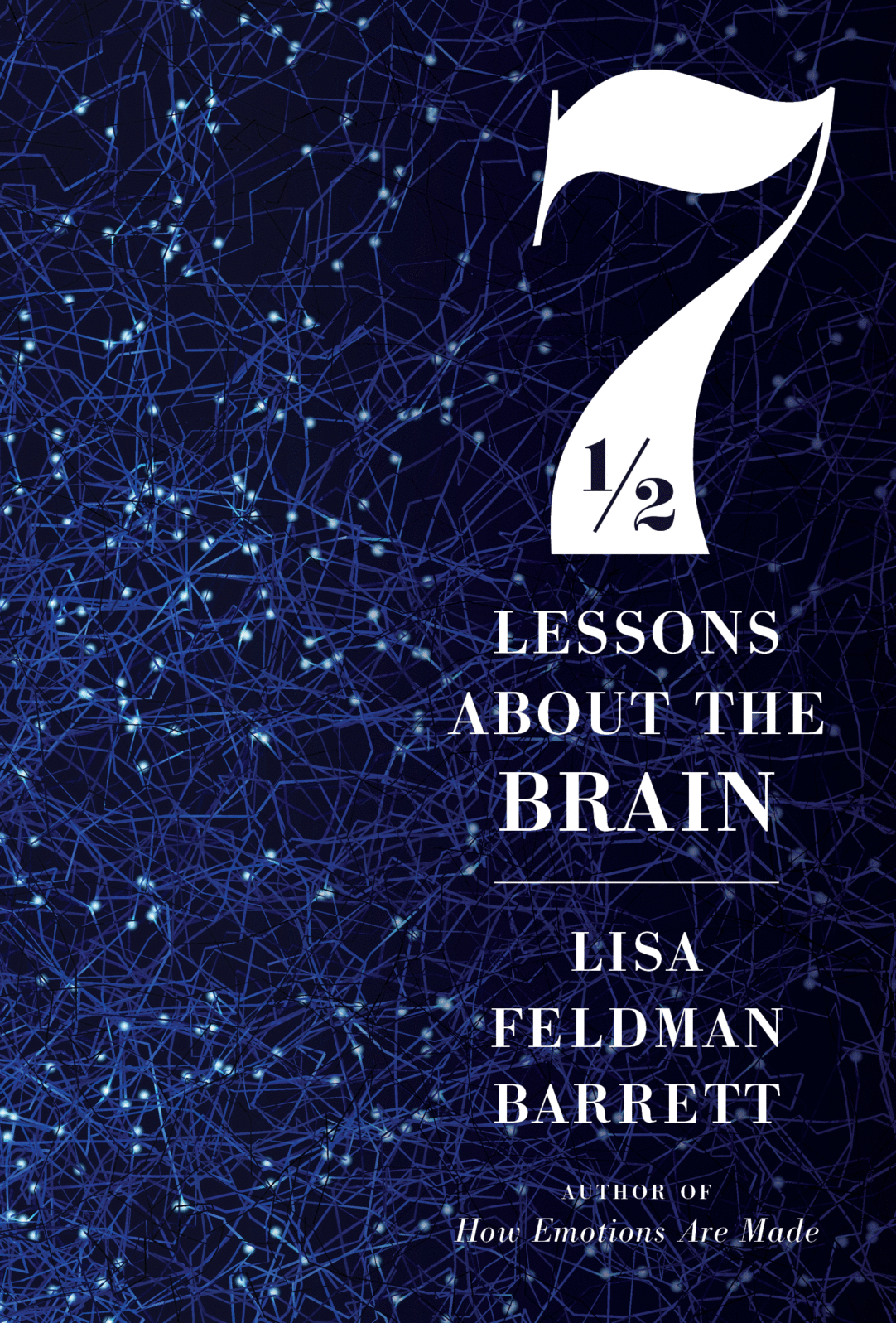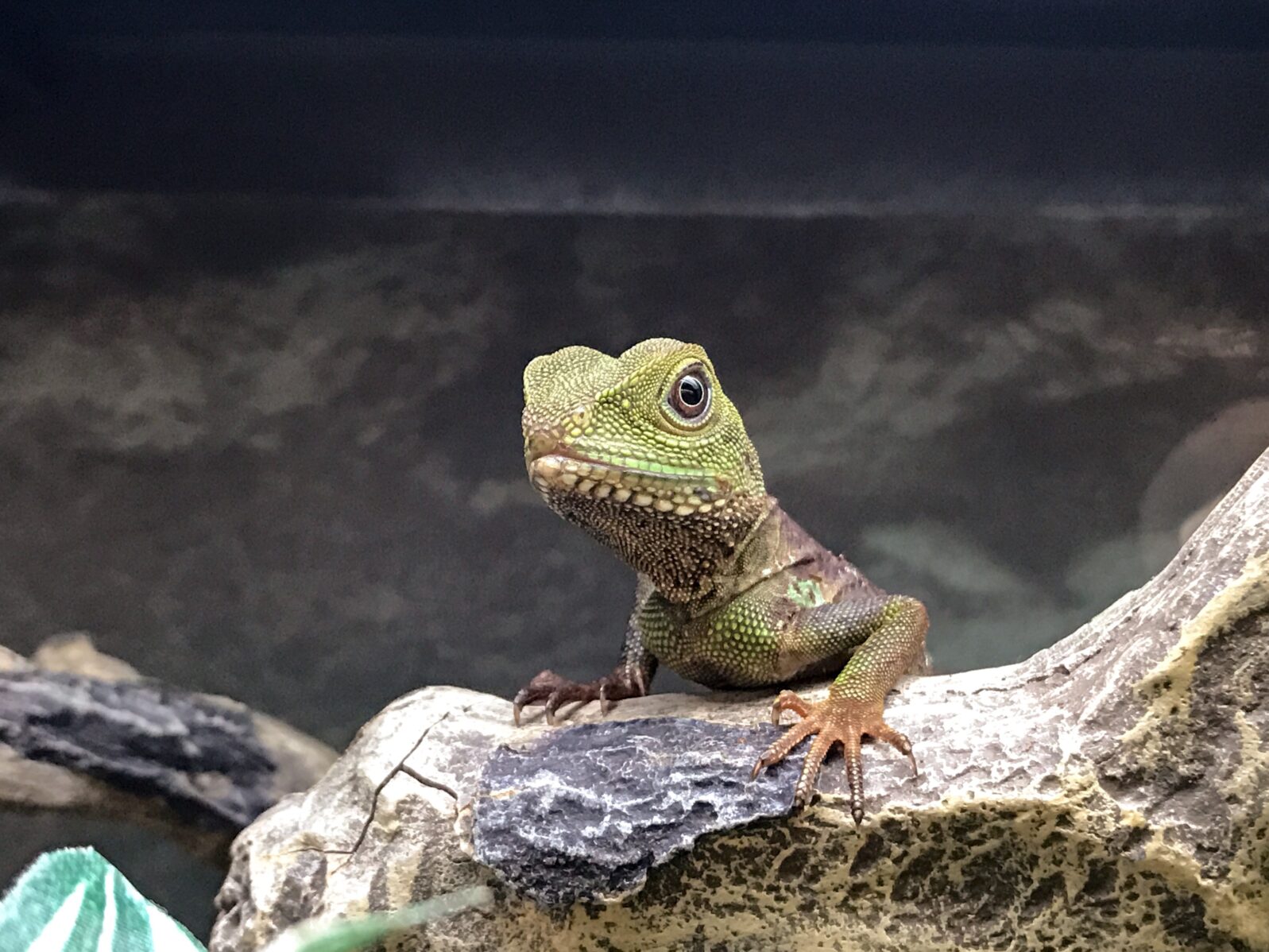No, You Do Not Have a Lizard Brain Inside Your Human Brain
The “lizard brain” is part of what science used to know about the brain that ain’t soLisa Feldman Barrett (pictured), Northeastern University psychology prof and author of Seven and a Half Lessons About the Brain (2020), is candid about the way new research has cast doubt on old saws in science: “As a neuroscientist, I see scientific myths about the brain repeated regularly in the media and corners of academic research.”

The myth she targets in a recent article at Nautilus is the “triune brain,” the idea that our brain developed and continues to function in three successive layers.
First developed by neuroscientist Paul D. MacLean (1913–2007) in the 1960s and set out in more detail in his 1990 book The Triune Brain in Evolution, the triune brain theory posited three successive layers of brain:
● the Reptilian Complex (the lizard brain that keeps the body going)
● the Paleo-Mammalian Complex (the early mammal “emotional” brain) and
● the Neo-Mammalian Complex (the late mammal “smart” brain).
It was way too Cool to be false and perfect for pop psychology. Here’s a search today on “lizard brain”:
● From best-selling pop psychology author Seth Godin in 2010: “The lizard is a physical part of your brain, the pre-historic lump near the brain stem that is responsible for fear and rage and reproductive drive. Why did the chicken cross the road? Because her lizard brain told her to.” He expands, “Want to know why so many companies can’t keep up with Apple? It’s because they compromise, have meetings, work to fit in, fear the critics and generally work to appease the lizard. Meetings are just one symptom of an organization run by the lizard brain. Late launches, middle of the road products and the rationalization that goes with them are others.” “Quieting the lizard brain”
● Psychology Today in 2014: From Joseph Troncale, M.D.: “In 1954, the limbic cortex was described by neuroanatomists. Since that time, the limbic system of the brain has been implicated as the seat of emotion, addiction, mood, and lots of other mental and emotional processes. It is the part of the brain that is phylogenetically very primitive. Many people call it the “Lizard Brain,” because the limbic system is about all a lizard has for brain function. It is in charge of fight, flight, feeding, fear, freezing up, and fornication.”
● New York Daily News in 2017: Gersh Kuntzman tells us, “Basic ‘lizard brain’ psychology can explain the rise of Donald Trump”: “Brain science is important here,” said Jean Fitzpatrick, a Midtown therapist. “When we feel threatened, the most primitive part of our brain, what we call our ‘lizard brain,’ gets activated. We’re just reacting, just focused on survival. A strongman is usually an expert at talking to our lizard brain. A politician who talks in a way that sounds geekier will not connect.”

But is there really a lizard brain that predates the early and late mammal brain? Not that Lisa Feldman Barrett can tell, because “ Most neurons have multiple jobs, not a single psychological purpose,” as opposed to being puzzle pieces that only fit in one place:
Perhaps the most famous example of puzzle-piece thinking is the “triune brain”: the idea that the human brain evolved in three layers. The deepest layer, known as the lizard brain and allegedly inherited from reptile ancestors, is said to house our instincts. The middle layer, called the limbic system, allegedly contains emotions inherited from ancient mammals. And the topmost layer, called the neocortex, is said to be uniquely human—like icing on an already baked cake—and supposedly lets us regulate our brutish emotions and instincts.
This compelling tale of brain evolution arose in the mid 20th century, when the most powerful tool for inspecting brains was an ordinary microscope. Modern research in molecular genetics, however, has revealed that the triune brain idea is a myth. Brains don’t evolve in layers, and all mammal brains (and most likely, all vertebrate brains as well) are built from a single manufacturing plan using the same kinds of neurons.
Nevertheless, the triune brain idea has tremendous staying power because it provides an appealing explanation of human nature. If bad behavior stems from our inner beasts, then we’re less responsible for some of our actions …
Lisa Feldman Barrett, “That Is Not How Your Brain Works” at Nautilus (March 3, 2021)
As another researcher of the unconscious mind explains,
To be clear, you don’t have a lizard brain or a brain from any reptile for that matter. This was just a theory and unfortunately, it hasn’t lasted the test of time. Put simply, MacLean believed that brain evolution was an additive process i.e. new layers of brain tissue would grow and develop on top of old layers, leading to the existence of an “old brain” with a “new brain.” But the issue that neuroscientists have known for a significant time now is that our brains didn’t develop like this.
Daina Hazel, “The Science Behind Your Lizard Brain and Why You Can’t Control It” at Medium (October 16, 2020)
We really don’t know much about how the human mindcame to exist, a fact that is sometimes called the The Hard Problem of consciousness.
But we do know that we can’t blame fits of self-indulgence or bad temper on our “lizard brain.” The lizard takes a lot of flak in popular lore for coldness, torpor, and such but this is definitely a false accusation.
You may also wish to read: Your mind vs. your brain:
Ten things to know
and
Do we really have free will? Four things to know
